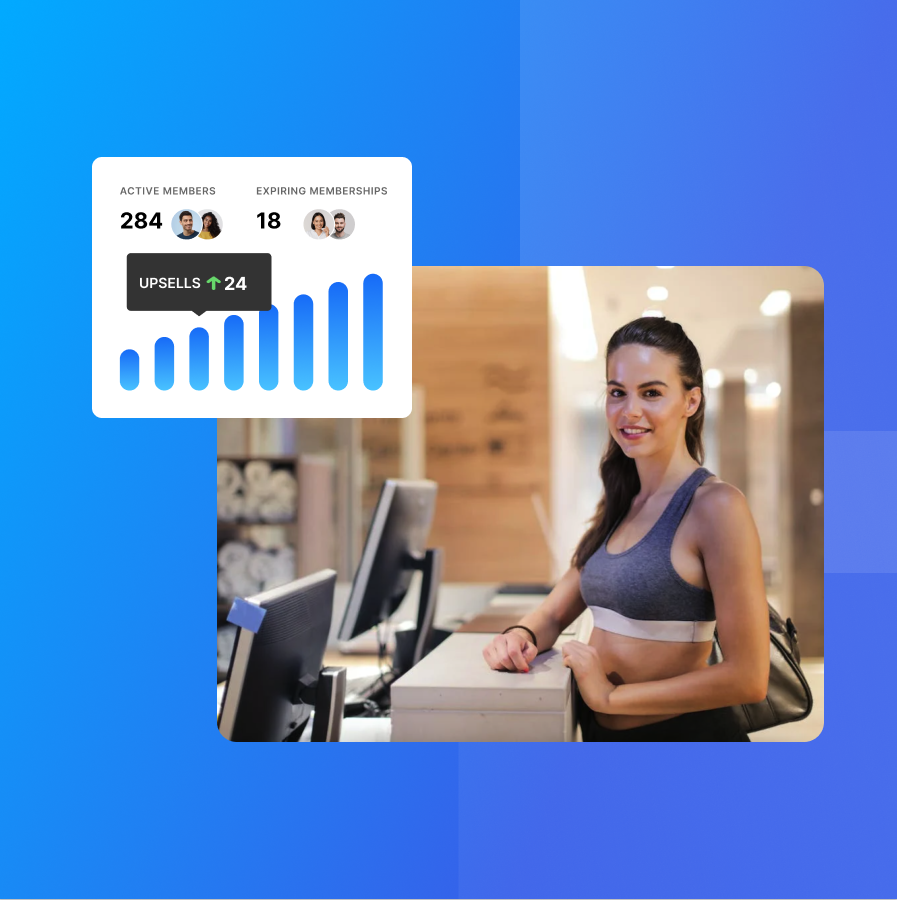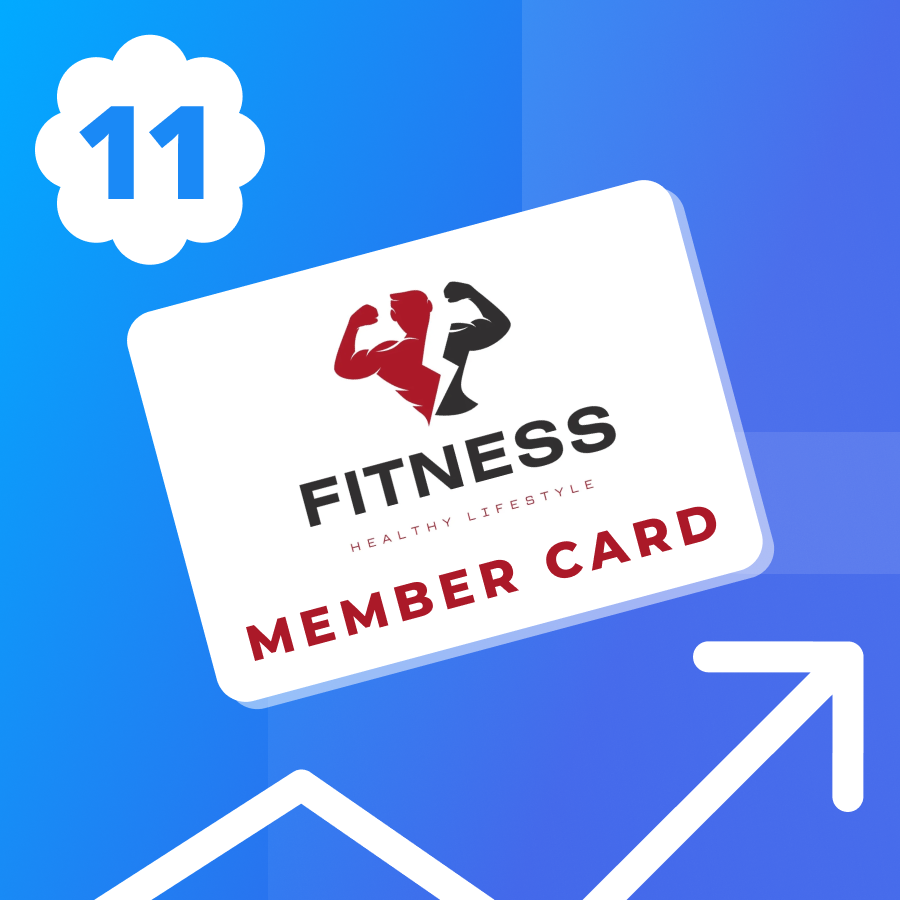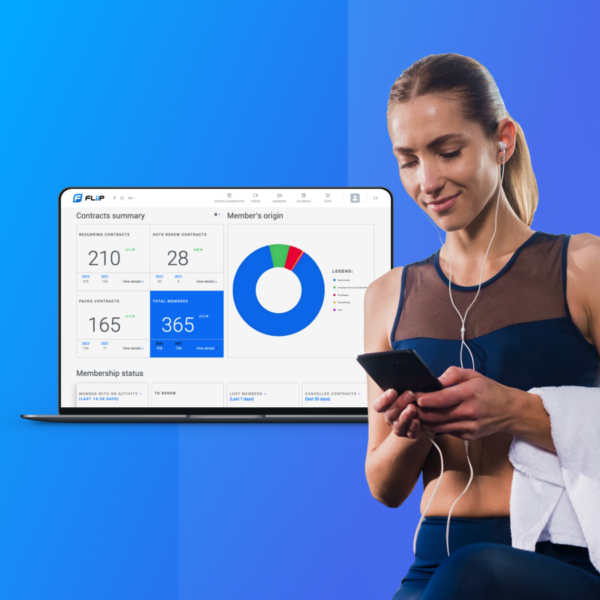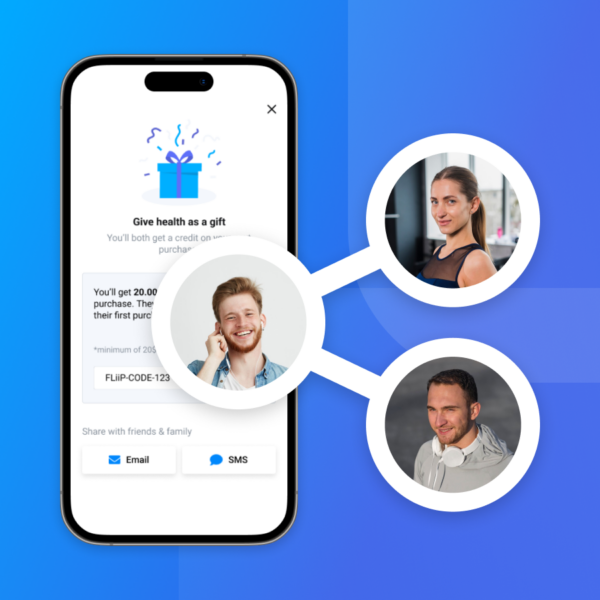Upselling Strategies to Increase Your Gym’s Revenue

Gyms require more than basic memberships to achieve significant growth. While foundational plans sustain operations, upselling can transform financial trajectories.
Upselling represents a strategic opportunity to elevate a member’s gym experience. By guiding members from standard offerings to premium services—like exclusive classes or personal training sessions—you not only increase revenue but also deepen member engagement. This approach enhances their journey towards fitness goals, fostering loyalty and turning members into brand ambassadors.
This article delves into practical upselling techniques, illustrating how to increase your gym’s revenue effectively while enriching the member experience.
Benefits of Upselling in Your Fitness Business
- Easier and More Cost-Effective Than Acquiring New Customers: Leveraging existing customer relationships for upselling is simpler and less costly than attracting new clients. The investment in building trust and awareness has already been made, making it more efficient to introduce higher-tier services.
- Increased Revenue and Client Lifetime Value: Upselling extends the lifetime value of your clients by strengthening relationships and encouraging longer-term commitments to your services, thereby boosting overall profitability.
- Enhanced Member Experience: Upselling is not just a revenue strategy—it’s an opportunity to offer members a more personalized and comprehensive gym experience, leading to higher satisfaction and loyalty.
- Optimized Resource Utilization: By promoting higher-value offerings, you ensure that your best services and equipment are fully leveraged, maximizing your investments.
Strategies to Implement Upselling in Gyms and Fitness Centers
Implementing effective upselling strategies in your gym or fitness studio requires a thoughtful approach that aligns with your members’ needs and enhances their overall experience. Here are key strategies to consider:
Personalized Member Assessments
To understand each member’s fitness goals, preferences, and satisfaction levels, start with individual assessments. This information is crucial for tailoring relevant and appealing upsell offers. For example, a member focusing on weight loss might be interested in a package that combines personal training with a nutrition plan.
Tiered Membership Plans
Create multiple levels of membership, each offering progressively more benefits and services. Present these options to members at key moments, such as when they achieve a fitness milestone or express a desire for more diverse workouts. Highlight the added value and exclusive features of higher-tier plans to encourage upgrades.
Specialized Classes or Services
Introduce unique classes, workshops, or services that aren’t included in the standard membership but offer distinct benefits. These could be specialty fitness classes, wellness seminars, or advanced personal training sessions. Promote these as exclusive opportunities to deepen the members’ fitness journey.
Seasonal Promotions and Limited-Time Offers
Capitalize on seasonal trends or events with limited-time upsell offers. For instance, offer a special package for summer fitness goals or a New Year’s resolution promotion. These time-sensitive deals create urgency and can entice members to try higher-level services.
Bundle Services and Products
Combine complementary services and products into attractive bundles. For example, pair a block of personal training sessions with a nutritional consultation or offer a discount on fitness gear when signing up for advanced classes. Bundles can provide a perception of higher value and convenience.
Leverage Digital Platforms
Use gym management software, mobile app, and social media to promote upsell opportunities. Personalized digital communication is a powerful tool for presenting tailored offers based on member preferences and activity history. You can set automatic email or SMS cadences within your gym software to ensure the promotions reach everyone.
Encourage Staff Engagement and Training
Train your staff to understand the full range of services and benefits available at each membership level. Equip them with the skills to engage in conversations that naturally lead to upsell opportunities. Ensure they focus on how an upgrade or additional service can genuinely enhance the member’s experience.
Feedback and Adjustment
Regularly gather feedback from members who have upgraded their memberships or purchased additional services. Use this feedback to refine your upselling strategies and ensure they align with member needs and satisfaction.
With FLiiP, you can easily collect feedback from members after every visit so that you know where to focus! Book a free demo to learn more.
Potential Risks of Upselling and How to Mitigate Them
Nothing comes without a few risks, but knowing how to navigate them will significantly reduce them.
1. Member Discomfort with Aggressive Sales Tactics
If members feel they are constantly being pushed to spend more, it can create a negative experience, leading to discomfort or even resentment.
Focus on a consultative approach where staff are trained to understand and listen to member needs, offering upsells as solutions to these needs rather than as mere sales opportunities. Ensure that upselling is done thoughtfully and in the context of enhancing the member’s gym experience.
2. Misalignment with Member Goals and Preferences
Upselling services or memberships that don’t align with what the member is looking for can lead to dissatisfaction, as it demonstrates a lack of understanding of their individual goals.
Use member data and interactions to tailor upsell suggestions. Ensure that any upsell proposition is directly relevant to the member’s fitness journey, interests, and stated goals.
3. Overwhelming Members with Too Many Options
Presenting members with too many upsell options can lead to decision fatigue, making it hard for them to choose and potentially leading to inaction.
Simplify the decision-making process by curating a few well-considered upsell options. Clearly communicate the benefits and differences of each option to help members make informed decisions without feeling overwhelmed.
4. Damaging Long-Term Member Relationships
Ineffective upselling can erode the trust and loyalty built with members, especially if they feel exploited for financial gain.
Your upselling strategies must be member-centric, focusing on adding value to their gym experience. Cultivate a culture where member satisfaction is a priority, and upselling is seen as a means to enhance, not detract from, the member’s gym experience.
5. Straining Gym Resources and Capacity
Upselling too many members to services like personal training or specialized classes can overextend your gym’s resources, leading to a drop in service quality.
Carefully manage resource allocation and monitor service quality. Plan and scale upsell offerings in line with your gym’s capacity to deliver high-quality experiences consistently.
By recognizing and addressing these risks, gyms can create a balanced and effective upselling strategy that enhances revenue while maintaining a positive and engaging atmosphere for members.
Conclusion
Implementing upselling strategies effectively is similar to finding the right balance in a workout routine—too little won’t make an impact, and too much can lead to strain.
Your gym’s approach to upselling should be as personalized and thoughtful as the fitness plans you design for your members. It’s about enriching their experience, not just expanding your revenue. Let your upselling efforts reflect your commitment to their health and progress.



